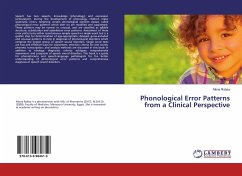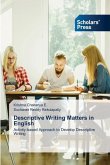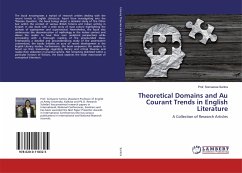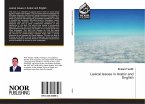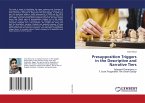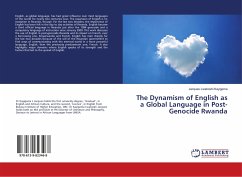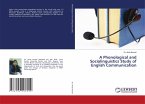This work examines Loanwords in the bilingual Dictionary Kalmaram T lamyindia Kanori-Faransa-a. The objectives are to: identify the loanwords in the dictionary, classify the domains and the statistic of each language, and examine the nature and the process of linguistic modification found by the loanwords. Words from French, Arabic, English and Hausa were extracted manually from the dictionary and classified into various domains such as religious, educational, technological, and cultural among others. A descriptive method was used to analyze the data. The study reveals that loan words in this dictionary exhibited both radical and non-radical features. The non-radical elements were found to have the following phonological characteristics: sonorization, palatalization, velarization, fricativization, consonants and vowel insertions, deletion, assimilation; syncopation, vowel harmony and compensatory lengthening. With regards to the frequency of occurrence observed, Arabic has highest percentage with 39.73%, followed by French (34.88%), Hausa (13.61%) and English (11.75%). It was also found that some of the loan words translated as Kanuri were originally Hausa and others.
Bitte wählen Sie Ihr Anliegen aus.
Rechnungen
Retourenschein anfordern
Bestellstatus
Storno


